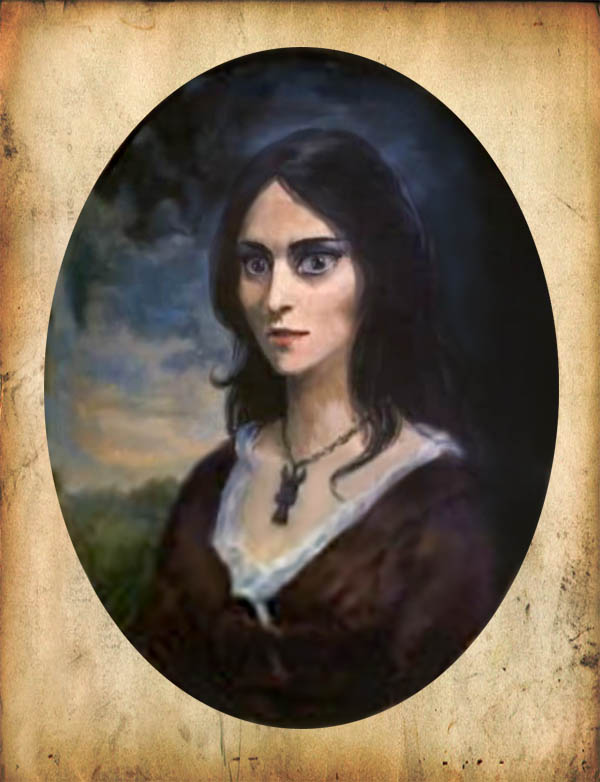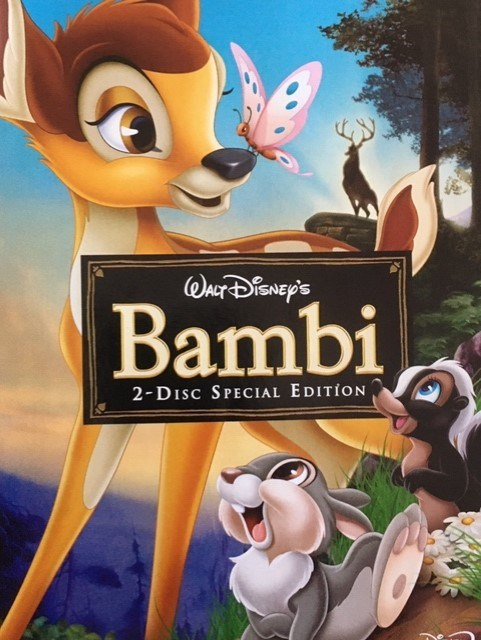Disney at the Movies – Day 11
- Cartoon Shorts The Skeleton Dance (1929) and Lonesome Ghosts (1937)
- Main Feature The Adventures of Ichabod and Mr. Toad (1949)
- Live Action Blackbeard’s Ghost (1968)
The Adventures of Ichabod and Mr. Toad (1949) is Disney’s last full-length animated film of the forties as well as the last that would comprise a mix of two or more distinct stories. For this offering, Disney turns to two beloved English language favorites, Graham Greene’s The Wind and the Willows and Washington Irving’s The Legend of Sleepy Hollow. The film begins comfortably in a beautiful library as Basil Rathbone narrates the story of J. Thaddeus Toad. Toad is a well to do and affable chap, but his mania for high-speed transportation clouds his judgement and eventually costs him his stately manor as well as his freedom. Happily, his good friends MacBadger, Rat, and Mole, and his incorrigible horse Cyril, find a way to rescue their friend and restore his wealth. This story inspired a beloved ride that continues to delight guests of Disneyland’s Magic Kingdom.
Next, Bing Crosby narrates Ichabod Crane’s adventures with a headless horseman in the village of Sleepy Hollow in New York. Ichabod Crane is an itinerant teacher with an eye for good food and fair ladies from well to do families. He successfully woos the lovely Katrina Van Tassel much to the disdain of rival suitor Brom Bones. In the hopes of frightening Crane and earning the affections of Katrina, Bones tells Ichabod the local legend of the ghost of a headless Hessian who haunts the village at night. Ichabod is indeed spooked, and wouldn’t you know it, he encounters the headless horseman on his way home (or does he?). It’s a long setup to the ghostly chase, but the pay-off is spectacular. While there is no theme park attraction for Ichabod’s misadventure, Mickey’s Not So Scary Halloween parade at the Magic Kingdom begins with the Headless Horseman on a black steed, carrying his jack-o-lantern head as he canters down Main Street. It is a stunning sight.
This film has plenty of exhilarating moments and one or two legitimate frights. Pay attention to the horses, because they’re the characters that make this film work. Mr. Toad’s horse Cyril is the foil to Toad’s “proper” English friends. Although Cyril instigates Toad’s worst instincts, he proves to be a brave and loyal friend. Ichabod’s horse comically shines during the climactic chase and the Headless Horseman’s black steed is as magnificent as he is intimidating. This horse gives the story the gravitas it needs. Going forward, horses will continue to play an important role in many Disney features.
Since I’m posting this in late October, we’ll take a cue from the Headless Horseman and make selections appropriate for a Halloween viewing. We’ll watch the very first Silly Symphony The Skeleton Dance. Released on August 22, 1929, this could be the very first music video. At midnight in a cemetery, skeletons come to life to dance. Their terpsichorean festivities are a perfect balance of spook and laughs.
The next short will be the classic Lonesome Ghosts (1937). A group of ghosts are bored because there’s no one to spook in their abandoned house. One day they call the Ajax Ghost Exterminators, Mickey, Donald and Goofy, and have a ball tormenting our ghostbusting heroes. The frights are gentle and the laughs grand.
Our live action feature today is Blackbeard’s Ghost (1968). Poor Steve Walker can’t catch a break. He’s not 24 hours into his new job as Godolphin College’s track coach, when he’s hounded by the insufferable football coach, a third-rate gangster, and the ghost of Edward Teach, aka Blackbeard. The problems start when Steve arrives at Blackbeard’s Inn, a combination museum and boarding house run by the Daughters of the Buccaneer, a cultural organization populated by Godolphin elderly women claiming ancestry to Captain Blackbeard himself. The mortgage to the inn has been bought by the local gambling kingpin and if the ladies can’t raise $38,000, the inn will be turned into a casino. While staying in Captain Blackbeard’s room, Steve inadvertently conjures the spirit of the legendary pirate. Blackbeard disrupts Walker’s personal and professional life, but this unlikely duo finds common cause. If Blackbeard performs a good deed, his spirit will be brought to peace, and subsequently, Steve’s life will return to normal. And so Blackbeard uses his ghostly powers to save the inn that bears his name, as well to propel Godolphin to victory in the Broxton Relays. Peter Ustinov plays Blackbeard with stylish exuberance, and even though he is supposedly a cruel, misogynistic murderer, it’s hard not to like him. Dean Jones and Suzanne Pleshette are terrific as the romantic leads. This all-but-forgotten gem is an excellent balance of pirate ghost story and zany romantic comedy.
Devotees of the Disney theme parks take notice of an interesting set decoration. In Captain Blackbeard’s room, there is a portrait of Aldetha, his tenth wife and a witch, whom he had burned at the stake. The portrait looks like the work of Disney animator and imagineer Marc Davis. Among his many accomplishments, Davis designed the characters and portraits in the Haunted Mansion and the portrait of Aldetha Teach would fit right in. If it wasn’t Davis who painted it, it was someone imitating his style. Please send me a note if you know and confirm the name of the artist (my money is on Marc Davis).

Disney has no shortage of movies appropriate for Halloween. If you would prefer something legitimately sinister, check out Something Wicked This Way Comes, starring Jonathan Pryce and Jason Robards.
The corn is popped, and we are ready to embark on Day 11 of Disney at the Movies.
#sillysymphony #disneymovienight #lonesomeghosts #blackbeardsghost #theadventuresofichabodandmrtoad #disneyanimation
Sources:
Disney A to Z The Official Encyclopedia Fourth Edition Dave Smith c. 2015 Disney Editions
The Disney Films Leonard Maltin c. 1978 Popular Library
c. Martin Blanco, Kathryn Blanco, and Disney at Home October 28,2020












